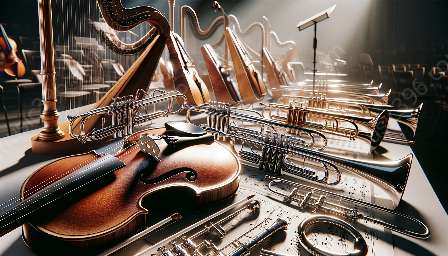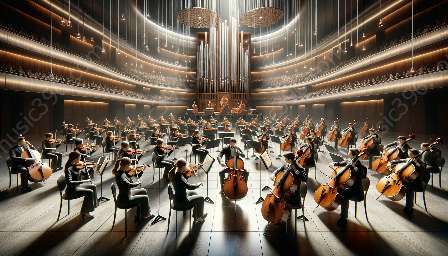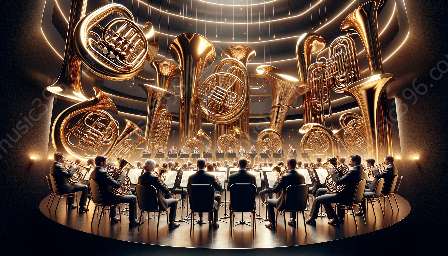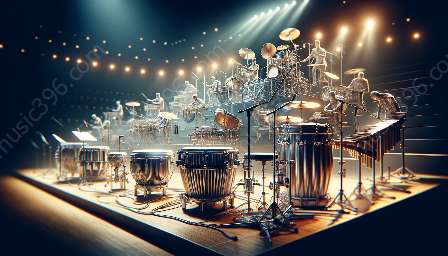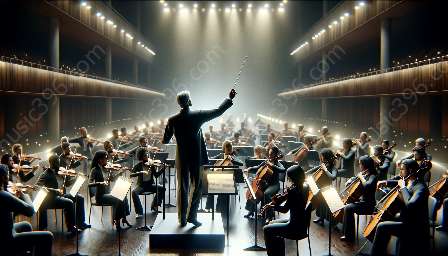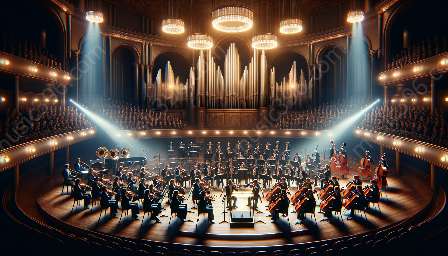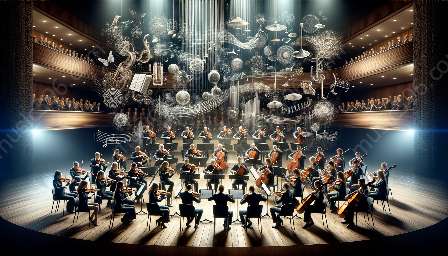Orchestration is the art of arranging and coordinating different musical instruments to create a harmonious and cohesive sound. In orchestral composition and notation, understanding the techniques used for effective orchestration is crucial for bringing musical scores to life.
The Importance of Effective Orchestration
Effective orchestration is essential for realizing the full potential of an orchestral composition. It involves making well-informed decisions about the choice of instruments, their placement in the musical score, and their interactions with each other to convey the intended emotion, mood, and expression of the music. The use of techniques for effective orchestration enhances the overall musical experience and creates a sense of depth, richness, and complexity in the sound.
Techniques Used for Effective Orchestration
1. Instrumentation
Instrumentation is the process of selecting and assigning specific instruments to perform different parts of the musical composition. Understanding the unique timbres, ranges, and capabilities of each instrument is crucial in creating a balanced and expressive orchestration. By utilizing the different families of instruments, such as strings, woodwinds, brass, and percussion, composers and orchestrators can achieve a diverse and dynamic palette of sounds to work with.
2. Color
Color in orchestration refers to the tonal quality and character of individual instruments and how they blend and contrast with one another. By carefully choosing complementary and contrasting timbres, orchestrators can create colorful and evocative musical textures that highlight different musical motifs and themes within the composition.
3. Balance
Orchestral balance involves the distribution of sound and energy across different sections and instruments within the ensemble. Achieving balance ensures that no single instrument or group of instruments dominates the overall sound, allowing for a coherent and well-blended sonic experience. Balancing the dynamics, pitch ranges, and articulations of the instruments is essential for creating a cohesive and impactful orchestration.
4. Texture
Texture refers to the overall density and layering of musical elements within the orchestration. By utilizing techniques such as melody, harmony, counterpoint, and orchestral color, orchestrators can shape the texture of the music to convey depth, movement, and emotional resonance. Understanding how different combinations of instruments and voices interact with each other is essential in crafting intricate and compelling musical textures.
The Art of Orchestration and Composition
Effective orchestration is intimately tied to the process of orchestral composition. Composers and orchestrators work hand in hand to bring musical ideas to fruition, utilizing the techniques of orchestration to give life to their compositions. Through thoughtful consideration of instrumentation, color, balance, and texture, composers can realize their artistic vision and create dynamic and captivating musical works.
Conclusion
Mastering the techniques used for effective orchestration is a continuous journey that requires a deep understanding of musical instruments, composition, and the expressive potential of orchestral ensembles. By leveraging the art of orchestration and its relationship to orchestral composition and notation, composers and orchestrators can explore and expand the boundaries of musical expression, creating rich, nuanced, and impactful symphonic experiences.


